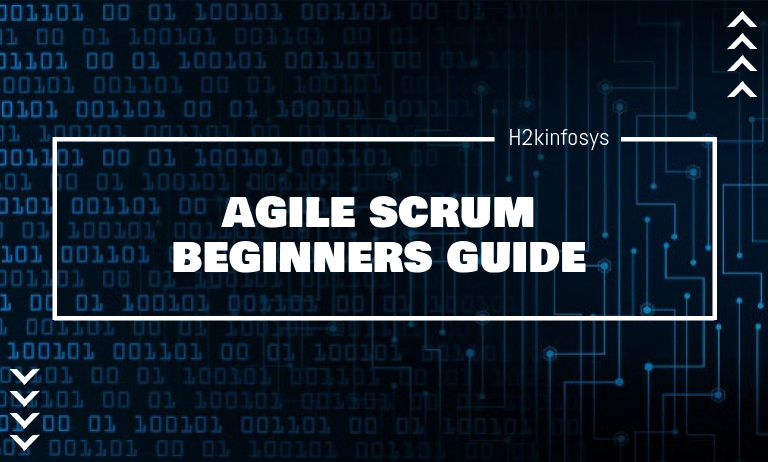Many of us, even the ones who carry technological roots with them, do not really understand what Agile is. Therefore, it is necessary to eliminate the confusion, and understand what Agile is not:
- Agile is not a specific or single methodology.
- It is not merely a precise way of carrying out developing processes with respect to the software.
- Also, it does not work as a rigid framework or dictates as a process as to how to carry out certain actions.
So, What is Agile?
The first thing to know about Agile is that it is no longer associated with simply software, and is making its way to all aspects of a business. It works as a changeable set of values and principles which help an organization and its team to design an approach through which they solve a problem or face changes. Yes, in most cases, the decisions taken with this approach are focused on software development but can go way beyond the same.
Thus, there is no one way to be or to make a company Agile. Having said that, the umbrella named Agile contains various and flexible methodologies to guide the team, and one such methodology is Scrum.
An Overview of Scrum
In 1986, Takeuchi and Nonaka presented a study in which they used an example of the sports, Rugby, to explain how small teams with collective involvement and decisions are required for efficient results. Soon enough, the explained idea was integrated with software projects, and later on, formalized as a methodology to be used with software all over the world.
With the help of Scrum, the team in an organization works with a framework to help regarding complex product development. According to the Scrum methodology, every development project should be initiated with planning with the involvement of all members and end with a review session.
Scrum Roles
While using the Scrum methodology, there are people who are directly related and responsible for the same, these set of people are categorized into three different groups based on the core roles:
- Product Owner
The main responsibility of the product owner, while keeping the timeline in check, is to decide which part of the deliverables are to be delivered, and when. Therefore, this role could be applied to anyone who is responsible for the same: stakeholders, business owners, or the end-users.
- Development Team
The development team comprises people who are responsible to build the product and demonstrate the same to the product owner. Usually, the team consists of a group of three to nine team members, depending upon the project. Furthermore, in the Scrum methodology, all the team members are involved in all the processes and work in a cross-functional manner.
- Scrum Master
The scrum master holds regular meetings, assesses the processes involved, and if need be, makes an improvement to the final draft.
It is one of the popular professions in the software field. As you develop the skills and understanding of the Scrum methodology, you might want to participate in a scrum master training. Also, to build credibility and your career in the software development industry, a scrum master certification works as a pedestal. Also, the scrum master certification cost is flexible as per the courses, and range from $350 to $1,000.

To Wrap it Up,
With all being said, Scrum is meant to break the tasks into smaller units, and to simplify the whole software development with the involvement of all the team members working towards the same and pre-decided goal.
If the idea and methodology held your interest during this read, we suggest you follow through by enrolling yourself in a course or training that teaches more, and in detail, about the Scrum methodology.






























2 Responses